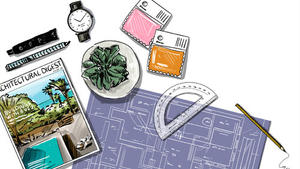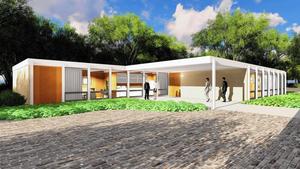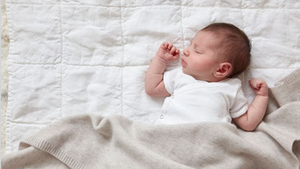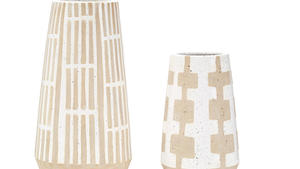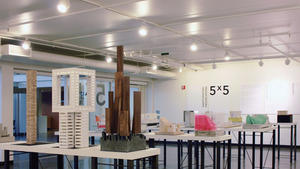It began with Le Corbusier. Born to an architect father and paint shop owner mother, Drikolor founder Rachel Lacy had a connection to the Swiss-French painter turned architect. After stumbling upon his work in 2000, Lacy became a student of Le Corbusier, intrigued by his admiration of color.
Le Corbusier took great pride in sourcing the color palettes of all his architectural works, noting color as one of the “fundamental elements in the architectural perception.” By 2012, Lacy had purchased the rights to the 63-shade Le Corbusier Architectural Polychromie and launched Drikolor, which uses a dry, multi-pigment process never before seen in the market.
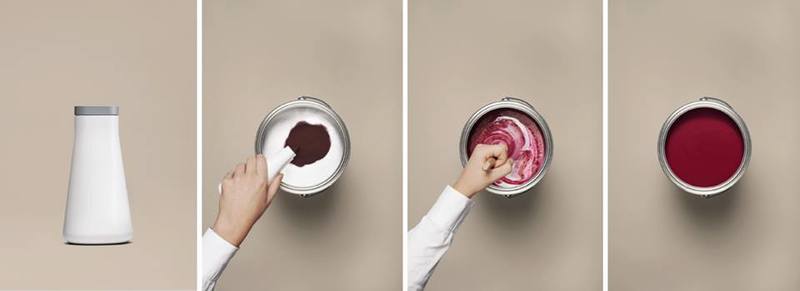
The dry-color (hence the name) paint manufacturer runs a small-scale model—for now, at least. After being purchased by a San Francisco firm, the New Zealand company moved its headquarters to the Bay Area last April and will soon be launching its e-commerce platform. EAL caught up with Lacy to learn more about the growing company.
Can you share a little bit about Drikolor and how its process differs from other paint companies?
We don’t use pigments that other paint companies use. We use pigments that fine artists use. We came across the Le Corbusier palette in 2000, and at the time, my mom owned a paint shop, so we tried to match the Les Couleurs Le Corbusier. But we learned that it was impossible to make those colors with the pigments that chemical companies supply to paint companies. Given the cost of painting, we thought, why can’t we make a better quality material with the same pigments artists use?
Where did you begin with creating a dry pigment paint?
The technology for what we do is quite complicated. It wasn’t like a problem looking for a solution. No one else had ever done this before, so we had to develop the technology so we could apply it to whatever pigments we wanted to use.
When you buy from Drikolor, you buy a gallon of our standard paint and a bottle of pigment, and that bottle of pigment contains everything you need to make the color you’ve chosen. You tip it into the paint, and it stirs in a couple of minutes with a kitchen spatula. You have to get a whole lot of pigment chemistries to bind together then disperse rapidly in the paint, and perfecting that technology was the challenge. After years of developing the process, we sold my mom’s shop in 2011 and launched Drikolor in 2012.
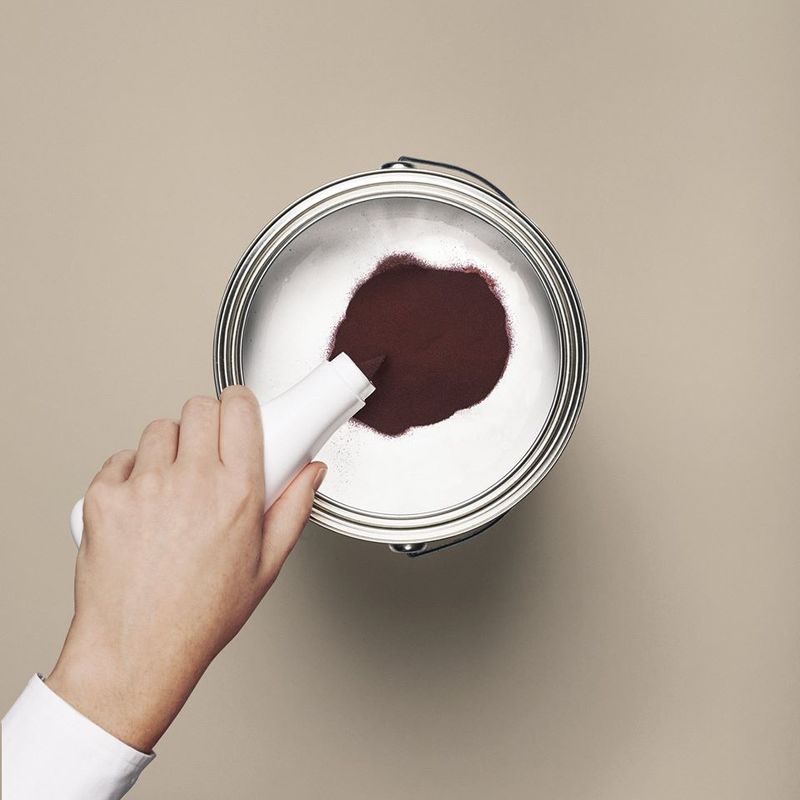
How does the product compare to other paints?
It comes down to science. Color is light, so the way color responds to light is determined by the amount of pigments in that color. Many companies throw words around like “full spectrum,” but really, all they’re getting is maybe two or three pigments, which is a million miles away from the full spectrum. The amount of pigments used to make a color completely determines the quality of that color, and people have a visceral response to well-made color.
How do Le Corbusier’s beliefs as an artist align with those of Drikolor?
Le Corbusier created his first color set in 1934 and his second in 1958, and his 1934 colors are as beautiful now as they were then. He was a proponent of enduring color. He believed that color was an integral part of the design process and it affected the way we see space, and we believe that as well.
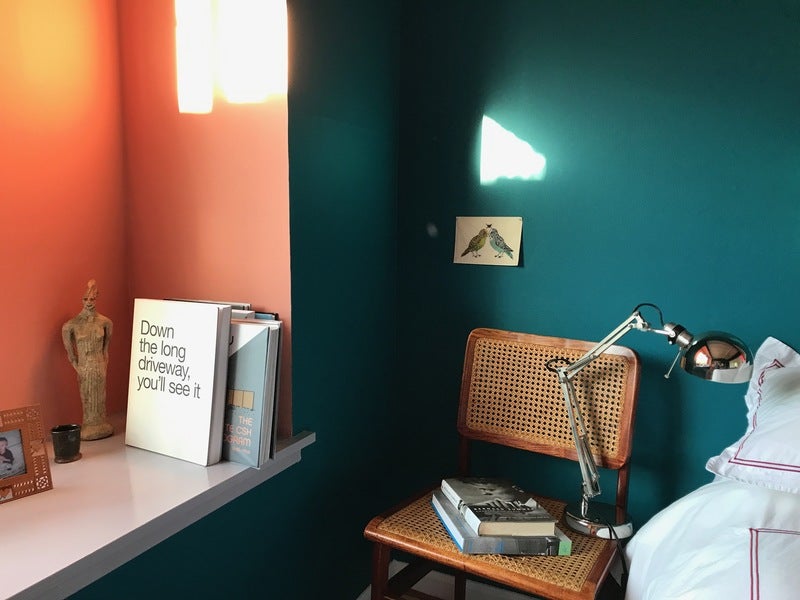
How is the dry pigment making the paint process more convenient?
We’ve been in the process of painting our own home—leave it to the paint company founders to take six months to get around to painting their own home. About two weeks before, I still hadn’t made up my mind on which colors I wanted to use. I grabbed 10 gallons of our base paint and 20 pigments, and I made up my mind as we went through the job.
Choosing color is quite a nerve-racking process, and people don’t want to address it until they really need to do it. We offer this Zappos-like model, where consumers can order our base paint with as many pigments as they’d like, and then they can ship back what pigments they don’t use. When we originally created the system, I didn’t think of anyone ordering it like that until I did it myself. But it does make the decision easier and the outcome more satisfying.
What’s next for Drikolor?
Currently, we sell direct to a small amount of designers and architects. We’re in the process of building an e-commerce site, but we don’t have any retailers at this time. We’d like to eventually sell in channels where people are thinking about color, like art galleries and design stores. I’d love for consumers to be able to go into MoMA and pick up Drikolor color, and then order a gallon of our base paint online.

















